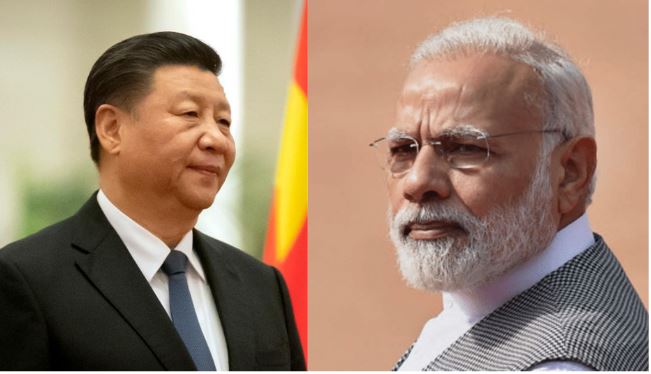A major breakthrough has been reported from the Line of Actual Control (LAC)- de facto Sino-India border in Eastern Ladakh. The region was the venue of soaring military tensions between the Indian Army and the Chinese People’s Liberation Army (PLA) since May 5 this year.
ET has quoted Indian Army sources as saying, “Chinese Army has moved back tents, vehicles & troops by 1-2 km from locations where disengagement was agreed upon at Corps Commander level talks.”
There is disengagement at all four friction points, including Patrolling Pkint-14 (PP-14) in the Galwan river valley where a face-off between the two armies had resulted in a bloodbath on June 15.
Meanwhile, disengagement has also been reported from PP-15, Hot Springs and the Pangong Tso area. Sources have also said that the Chinese PLA has also been spotted removing tents and pulling back from certain areas in the Galwan river valley.
With mutual disengagement, a four-kilometre no-man’s land has been created in the Galwan Valley region. Sources said, “Four kilometres in the highly mountainous terrain like Galwan valley, deprives both sides to see each other’s installations and reinforcements.”
This seems more like a confidence-building measure. And the two sides have also agreed not to use aerial surveillance in the newly created buffer zone.
This doesn’t mean that New Delhi is giving up territorial claims, rather this is a mutual withdrawal to ease tensions created by the June 15 bloodshed.
In the Pangong Tso area, there are differing perceptions of the LAC. While India claims effective sovereignty upto Finger 8, China claims that the LAC passes through Finger 2 area.
Nonetheless, India physically occupies area upto Finger 4 and before the present stand-off it also used to undertake foot patrols upto Finger 8.
However, Chinese troops recently occupied areas right upto Finger 4, viz. 5 kilometres inside India’s perception of the LAC. Some level of disengagement is now reported to have happened here also.
Some sources have said that the Chinese have pulled back by some distance from Finger 4 too, but not to the point upto which India has demanded withdrawal. Some structures are said to have been taken down by the Chinese here too but India is still verifying the details.
While the present disengagement can be described as the most significant pull-back in the ongoing stand-off, it is being described as ‘reversible’, and hence India is watching the situation very closely and carefully.
Beijing does have a tendency to backstab and India cannot afford to be complacent.
Meanwhile, ANI has reported that with 30,000 additional troops deployed in Ladakh along the high-altitude areas of the LAC, India has also played an emergency order for extreme-cold weather tents.
India is taking no chances for the future. The events of the last two months have eroded trust and New Delhi remains prepared to tackle any future misadventures from the Chinese side.
The order for more extreme-cold weather tents implies that the Indian Army wants to remain prepared for mirroring any future mobilisation that happens on Chinese side of the LAC.
Even as the mutual disengagement happens, the Modi government remains committed to a fine border policy- stay firm on the ground, and reasonable on the diplomatic table.
